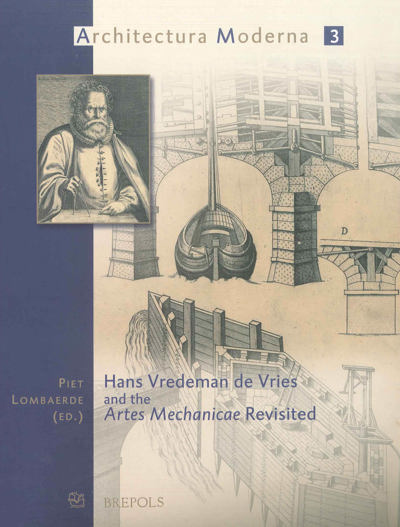
Hans Vredeman De Vries And The Artes Mechanicae Revisited
View publication
"These are handsome and sturdy (if expensive) paperback volumes…and are bound up to open up many new areas of research…they should be applauded. One hopes that further volumes will appear in this series". (Andrew Hopkins, in Sixteenth Century Journal, XLI, 4, winter 2010, pp. 1153-1155)